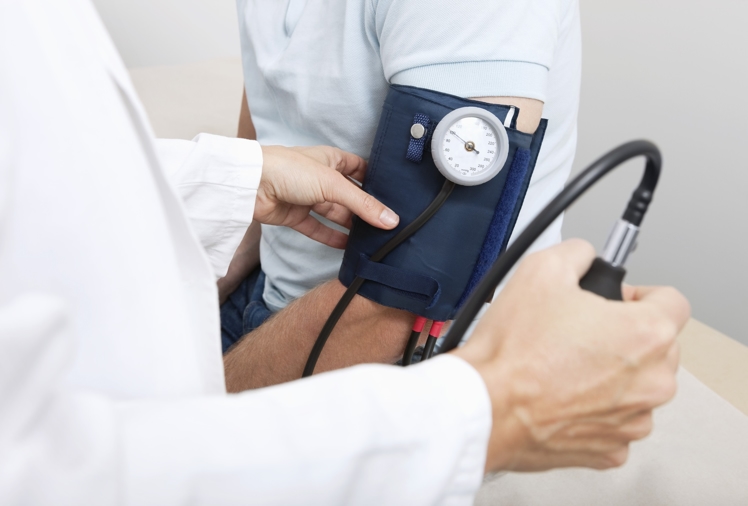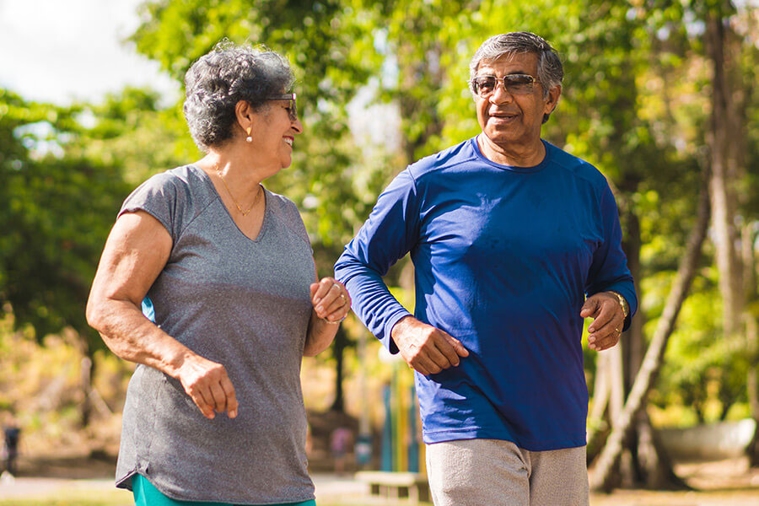
Is it white coat syndrome or is it high blood pressure?
Do you get nervous whenever you’re scheduled for a check-up? Do you suspect your blood pressure spikes higher than usual when you’re in a doctor’s office? Here’s what to know about white coat syndrome, high blood pressure and how to tell the difference.
What is white coat syndrome?
“White coat syndrome” or the “white coat effect” are terms that describe what happens when your blood pressure rises slightly in medical settings. The disorder gets its name from the fact that many medical professionals traditionally wear white coats.
Experts estimate that up to nearly 1 in 3 people experience white coat syndrome. It’s important to understand that anxiety-related high blood pressure doesn’t mean you have hypertension. But it can increase your health risks. Even though your blood pressure might return to normal when you return home, a temporary increase can put strain on your heart. In fact, some studies have even pointed to a link between white coat syndrome and an increased risk of heart attack, heart failure and stroke.
How to decrease white coat syndrome
Anxiety isn’t the only reason for blood pressure spikes. Any stressor can cause a temporary rise in blood pressure. For example, worrying about work, a family emergency or even eating foods with too much sodium can increase your blood pressure.
For some people, knowing that your blood pressure usually rises in a doctor’s office can become a self-fulfilling prophecy. Stressing yourself out over your blood pressure reading can actually be the cause of the uptick in those numbers. To relieve white coat syndrome, do your best to implement a few tips:
- Practice relaxation techniques such as deep breathing, visualizing a calm environment or repeating affirmative statements to yourself.
- Try talking with the nurse who is taking your blood pressure. For some, engaging in conversation can provide necessary distraction.
- Ask to move to a less crowded area. Sometimes, the triage area where you get your blood pressure taken can be crowded or noisy. If being around too many people makes you feel more anxious, ask if you can move to a quieter, more secluded area to get a more accurate reading.
How to check your blood pressure at home
If you have elevated blood pressure in the office, your doctor may ask you to check your blood pressure at home. Taking your blood pressure at home can help your doctor understand whether or not the increased numbers are the result of white coat syndrome or hypertension.
You can purchase an automated blood pressure cuff at most grocery stores, health food stores or pharmacies. These cuffs show your blood pressure reading on a digital monitor.
It’s important to track your blood pressure at different points throughout the day. This can help your doctor understand if certain activities or events cause an increase in blood pressure. For the most accurate reading, make sure you also:
- Choose a blood pressure cuff that is the right size. You should be able to put one finger between the cuff and your arm when it is deflated.
- Avoid drinking, exercising or smoking within 30 minutes of taking your blood pressure.
- Sit with your feet on the floor and your back straight when you take your blood pressure. Make sure you are not crossing your legs, arms or feet.
- Take at least two readings every time you track your blood pressure to confirm that the numbers are accurate.
- Take your blood pressure cuff to your doctor’s office at least once so you can calibrate it against the manual cuff your nurse uses. Your nurse can also confirm that the cuff works correctly.
Keep a blood pressure tracker that records your blood pressure reading, the time of day and any other relevant details, such as if you just ate a salty meal or exercised. There are many blood pressure tracking apps you can download to your phone, or download the printable blood pressure tracker to make sure you’re keeping an eye on your blood pressure numbers between office visits.
To learn more about your blood pressure or hypertension, find a healthcare provider near you.



